Tradesman Spy
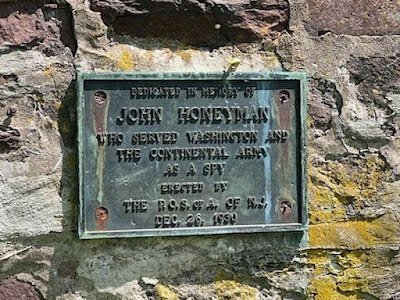 Patriotic Sons of the American Revolution marker near Trenton, New Jersey
Patriotic Sons of the American Revolution marker near Trenton, New Jersey
Fort Lee, New Jersey, November 1776. The tall soldier in ablue jacket opened the door. "Your visitor is here, Your Excellency."
General George Washington wiped the dark liquid from his pentip and nodded. A nondescript man in farmer clothes stepped in. Washingtonmotioned toward a seat. "Thank you for coming, sir. I hope the journey didnot discommode you."
"Not at all, sir. When we last met I gave you my word thatI was at your service."
"Your nation thanks you for it. Our situation is bleak.The British regulars will be here within forty-eight hours. But the Army is tooweak to make another stand."
"What will you do, Your Excellency?"
"Better you not know. Suffice it to say this state willbe under British occupation for some time. That's where you come in."
"Me?"
Washington nodded. "I must trouble you to proceed toTrenton and its environs. Establish yourself there as a Loyal Tory. You are ahero of the last war—service under the great General Wolfe."
"He was a great man. As are you, Your Excellency. Now,what are your orders?"
"I need a spy in their midst."
The Spy?
Washington's visitor was one of the most enigmatic figuresin the time of the Yankee Doodle Spies. An Irishman born in Scotland, JohnHoneyman became a key agent when the American cause was at its lowest. Hischameleon ways, hiding in plain sight, may have inspired the protagonist HarveyBirch in James Fenimore Cooper's seminal work, The Spy, although mostconnect New Yorker Enoch Crosby to that role.
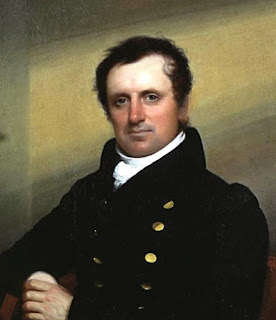 James Fenimore Cooper
James Fenimore Cooper
Historians clash over Honeyman's role as his narrative waswritten in the following century by a grandchild. But this is the fate of manysecret soldiers whose deeds, for reasons of secrecy and security, wentundocumented. Retired CIA Case Officer and Revolutionary War Historian KennethDaigler built a case for Honeyman's being one of Washington's operatives.
Honeyman hailed from County Armagh, born to thrifty Scottishparents. Although his father was a hardscrabble farmer who could afford littleeducation, Honeyman managed to learn to read and write. He had a knack fortrades, such as weaving. But at age twenty-nine, Honeyman went in a differentdirection, joining the British Army and sailing to America to fight the Frenchand Indians.
Honorable Service
At sea, he came to the attention of General Wolfe and becamehis servant and bodyguard. Action at Louisburg greeted him, but his militarycareer ended tragically. Private Honeyman was at the side of Wolfe when thebold general was struck down in his moment of triumph on the Plains of Abrahamoutside Quebec.
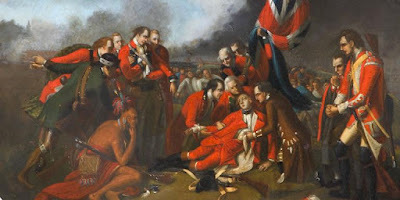 Death of Wolfe at Quebec
Death of Wolfe at Quebec
His officer gone, Honeyman mustered out a sort of hero witha letter vouching for his service with and for Wolfe, who became a belovedfigure among all Britons, especially those in America.
Tradesman and Family Man
Honeyman made his way to Pennsylvania, where he set himselfup as a butcher and weaver and married a girl from Ireland named Mary Henry inSeptember 1764. Around the time of Shot Heard Round the World, Honeyman hadmoved to Philadelphia, the seat of the Continental Congress and a hotbed ofpolitical discussion and intrigue. Around that time, he may have come to theattention of George Washington. Some accounts say he offered the soon-to-becommander-in-chief his services.
A Spy Among Them
Honeyman left Fort Lee and arrived at Trenton. He had littletrouble falling in among the local Tories—his letter from the late Wolfe anddischarge made him a respected Briton and servant of the King. He set up hisbutcher and weaving enterprises with the British and soon came to theirattention as a Loyal Briton. His home was behind rebel lines at Griggstown,and John Honeyman avowed Tory (as part of Washington's scheme) traveled backand forth in trade while collecting intelligence. Sometimes, plans can work toowell. With tensions high that fateful year in the Jerseys, a patriot mob attackedhis home. His family escaped unharmed, although it took a note from Washingtonto allow the Tory family safe passage to Trenton, now garrisoned by ColonelJohann Rall's brigade of Hessians.
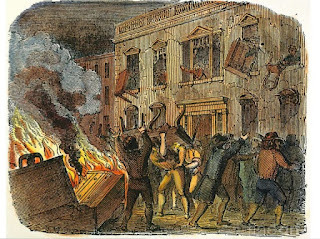 Violence was not confined to the battlefield
Violence was not confined to the battlefield
Great Scheme Hits Paydirt
Using Trenton as his base for business and espionage, Honeymanwas able to collect intelligence on the garrison's strength, morale, defenses,and other activities. A plan was concocted to give him cover—Honeyman allowedhimself to be captured by a rebel patrol that had orders to take him to Washington'sheadquarters.
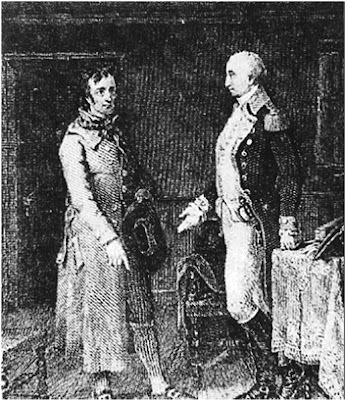 Washington meeting a spy
Washington meeting a spy
The commander in chief personally "interrogated" the"prisoner." Afterward, he ordered the notorious Tory to be throwninto a jail cell. Washington arranged a diversionary fire that allowed the Toryto escape. The skilled line crosser made his way past guards and sentries fromboth sides and reached the safety of Trenton. There, the loyal Tory dutifully reportedhis capture and escape. Under Johann Rall's questioning, he was able to plant asignificant piece of disinformation—the rebels were in such a low state ofmorale and equipment the Hessian commander did not need to fear an attack.
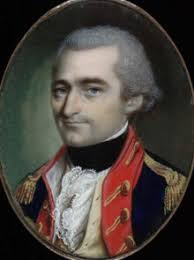 Johann Rall
Johann Rall
Deception Brings Defeat
Even though the Hessians had been on heightened alert forthe past two weeks, Rall believed Honeyman's story and so felt confident enoughto relax security on the nights of 25-26 December. The deception gave Washington just enoughof an edge—his Army recrossed the Delaware River and marched through the snowynight to surprise the garrison, which soon surrendered. His victory saved thecause from inevitable collapse and perhaps turned the tide of the war.
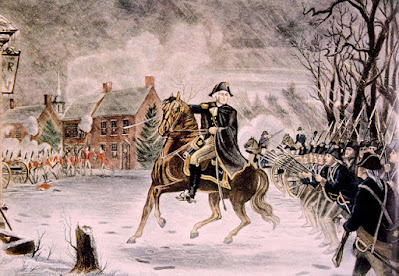 Attack on Trenton
Attack on Trenton
The Spy Who Stayed Out in the Cold
With combat raging around Trenton, Honeyman headed north toNew Brunswick, the logistics hub for British forces in New Jersey. There,Honeyman maintained the fiction of being a Loyalist tradesman to avoid Britishreprisal for his espionage. Whether he played a continued espionage role forWashington is unknown. He did not return to his Griggstown home until the war'send.
Honeyman lived a quiet post-war life on a small farm nearBedminster, New Jersey. None of his neighbors and friends had any inkling ofhis connection to Washington, not to mention his role in espionage. Honeyman marrieda second time when Mary died in 1801. Honeyman passed away peacefully on 18 August1822, aged 93. The tradesman spy waslaid to rest in the Lamington Presbyterian Church Cemetery in Lamington, NewJersey.
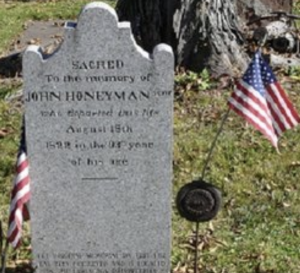 Honeyman's gravesite
Honeyman's gravesite



